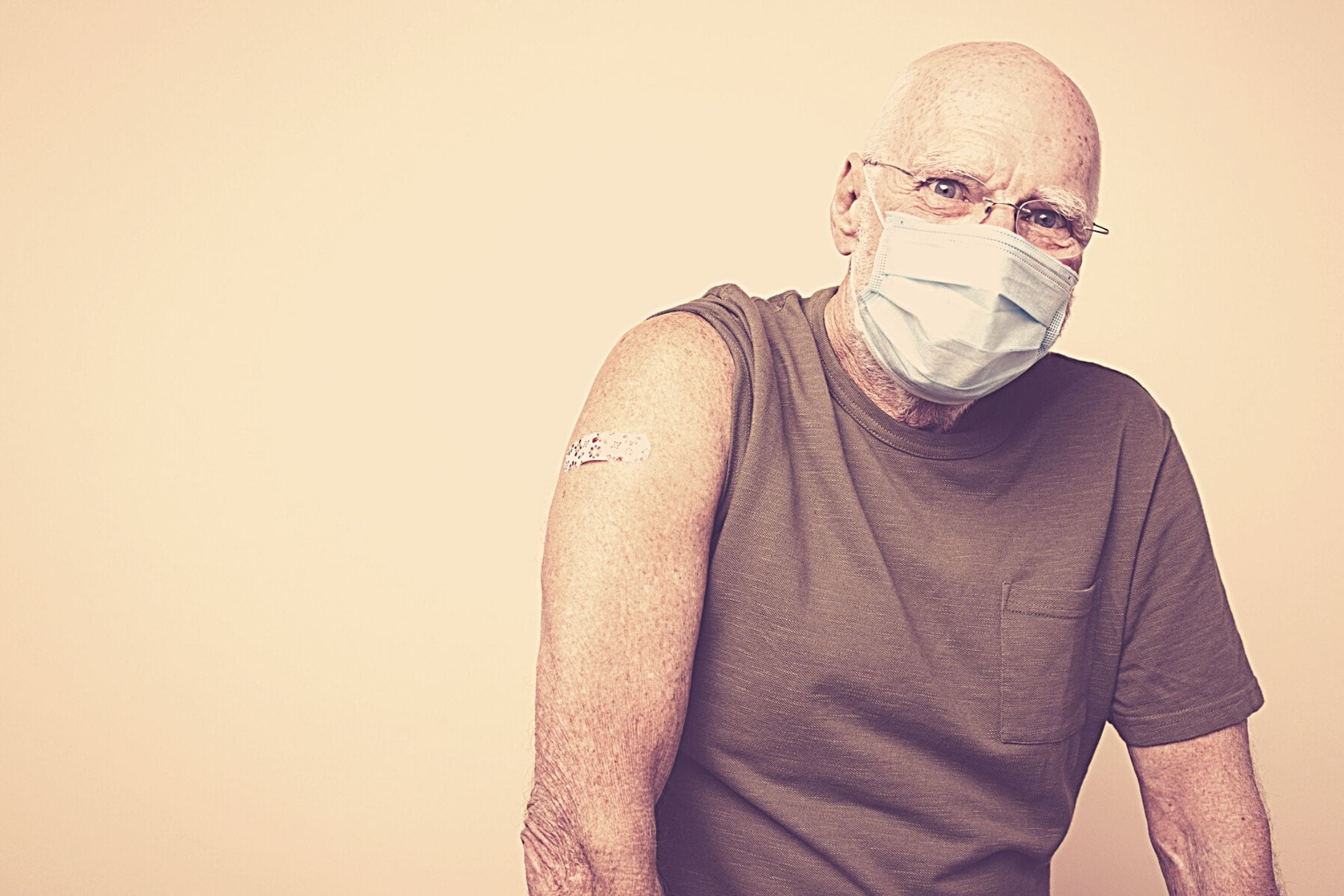
The Australian rollout of the COVID-19 vaccine has been far from perfect. Falling drastically behind targets within the first few weeks, many of the country’s most vulnerable have still not received their doses – and there is still confusion around when they will be able to receive their vaccine.
This has led to one Victorian care facility to take matters into their own hands and begin the process of vaccinating their staff and residents themselves – and their mission is almost complete.
Private provider TLC Aged Care is about to become Australia’s first fully vaccinated care facility, expecting to have successfully administered both doses to 3,500 staff and residents in three weeks’ time.
After approaching the government for permission to administer the vaccine themselves, they received enough doses of the Pfizer vaccine for all staff and residents, and began vaccinating in the second week of March.
TLC Aged Care are the exception to the rule, however, with most aged care facilities lacking the medical capabilities to rollout their own private vaccination program.
As of yesterday, only 153,000 doses have been administered in the Commonwealth aged care nationally, representing about a quarter of the program for just residents of aged care facilities.
While around 40% of Australia’s care homes have had vaccinations take place, many more remain in the dark about when they’ll be receiving their visit from the Commonwealth vaccination teams.
This includes Australia’s biggest care provider, Bupa, who – following the federal government’s AstraZeneca announcement – have received no updated plan for the vaccination of their workforce.
With age care staff initially included in Phase 1a of the government’s rollout – recognising their significant risk in bringing the virus into homes – the government has since shifted plans and are yet to offer any updated data on how many aged care workers have received their vaccinations.
With Bupa running around 60 aged care facilities across the country, they are the largest private care providers, housing over 6,000 residents and employing thousands of people.
With so many workers under their employ, Bupa told The Guardian Australia that they were yet to be contacted by the government regarding the vaccination of their staff members.
Hours later, Prime Minister Scott Morrison made the announcement regarding the AstraZeneca vaccine, making Pfizer the new preferred vaccine for people under 50 years of age.
In a follow-up on April 13, a spokesperson for Bupa said that they had been informed that the government was reviewing their plan for the vaccination of aged care workers, and that they were awaiting further direction.
While Bupa has commended the government’s commitment to prioritising the aged care sector in the vaccine rollout, aged care advocates around the country have been voicing their concerns about the lack of clarity regarding the vaccination of aged care workers.
Ian Yates, Chief Executive of the Council on the Ageing (COTA) said earlier this month that there was no clear plan or path to the vaccination of aged care workers.
The initial plan was to vaccinate care staff in in-reach teams to minimise further short staffing, should those vaccinated require a day or two off due to short-term side effects of the vaccine. However, in practice, so far care staff have only been vaccinated in in-reach teams, should there be any left over Pfizer vaccines once all residents have received their dose.
While vaccinating residents and other high-risk people is important, the fear is that the lack of staff vaccination opens up the opportunity for vaccine transferral, as staff represent a higher risk of infection and bringing the virus back into care facilities.
Some care staff have also said that they’ve been left without the required second dose due to inaccurate or conflicting information about when and where to receive their second dose, or because their initial shot was not added to the Australian immunisation record system properly.
These missteps and miscommunications have left 318,000 aged and disability care workers still without a vaccination.
Is your aged care facility on track with administering the vaccine to staff and residents? Tell us in the comments.
So many of our Aged Care providers are “for profit”, or are Church based. They have scads of $, so why wait for the federal government to do this? Just get in, train RNs to do the injections & do it. PROACTIVE is the name of the game.
They should stop whining/whinging and show their metal.
My mum is in a Nursing Home in Townsville. All residents and staff have had their two vaccinations already. Members of the Defence Force (Army) came into the facility to administer the vaccine. Second dose was given last week.